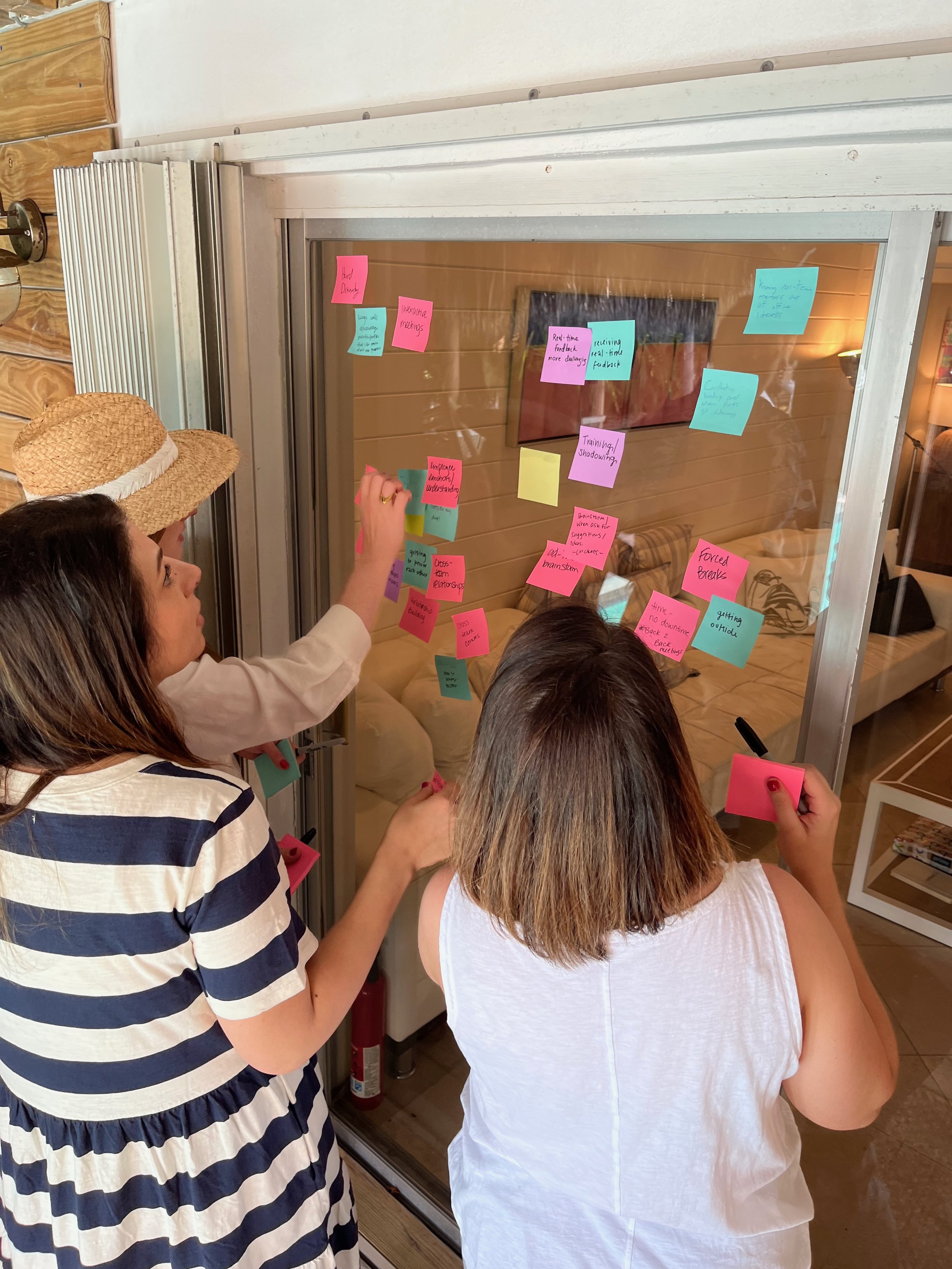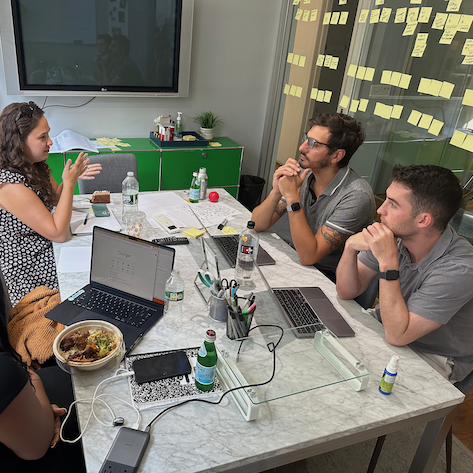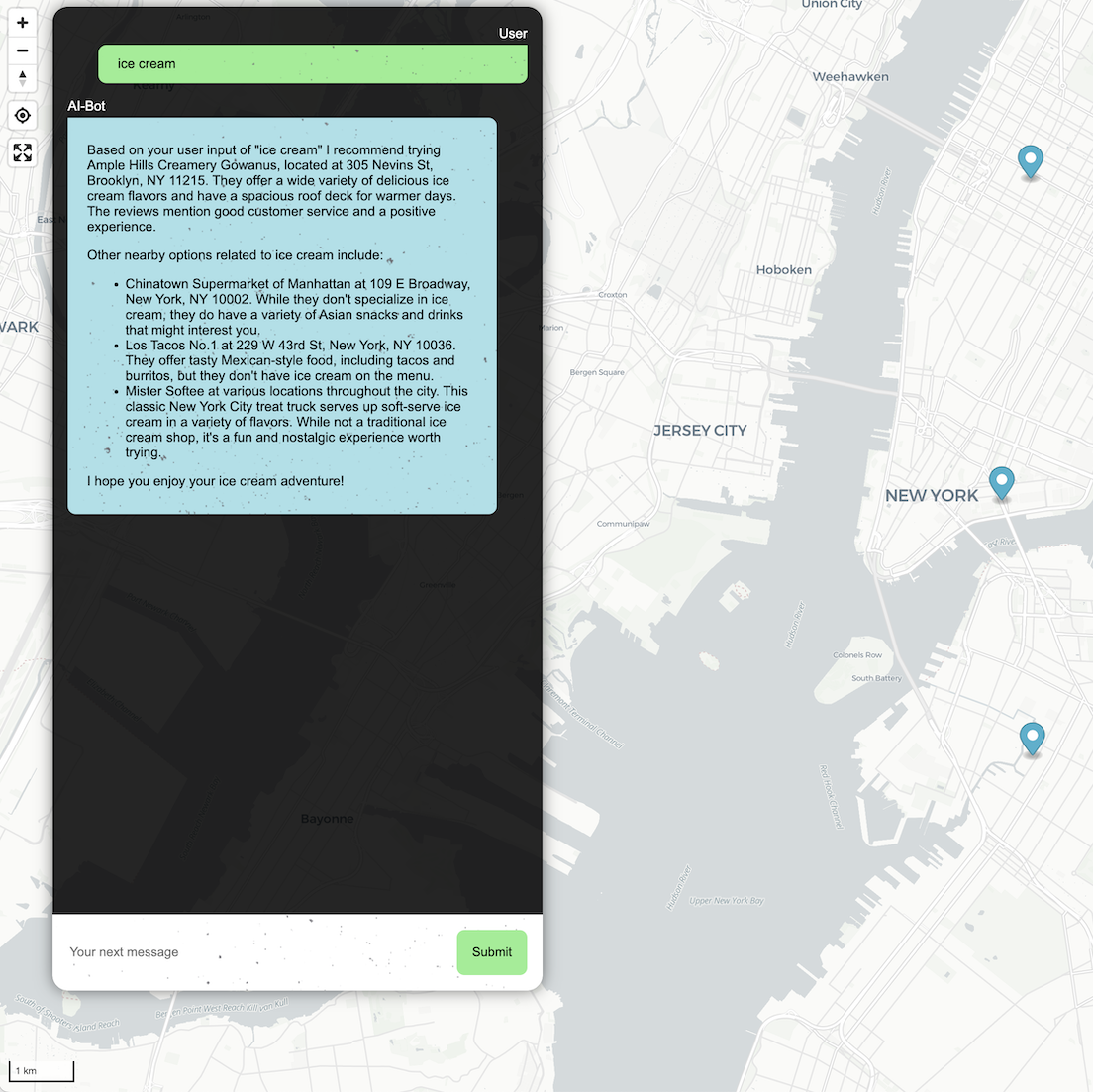I'm a systems-based thinker who solves problems with design and Design Thinking. The majority of my career is working with large enterprise clients helping scale up their SaaS platforms and applications. I believe in collaboration and getting to rapid conclusions with workshops and moderated conversations. I leverage the tools of design (sketching, prototyping, whiteboarding) to translate business needs into UX design and code.
Phong Tran
17-year UX designer & occasional coder
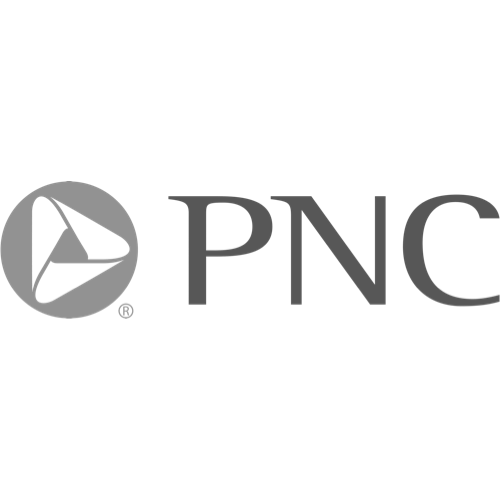
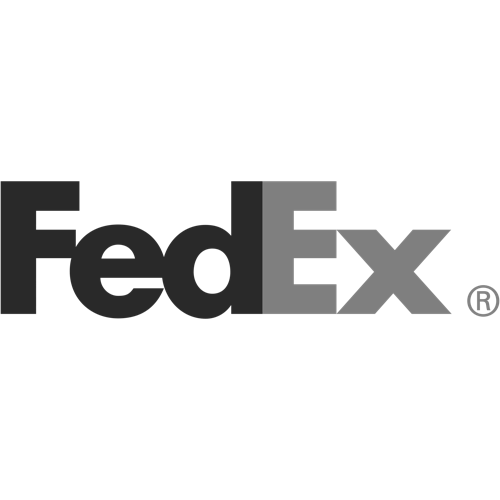
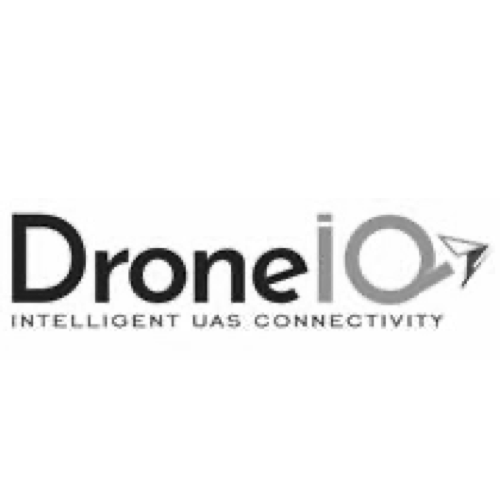
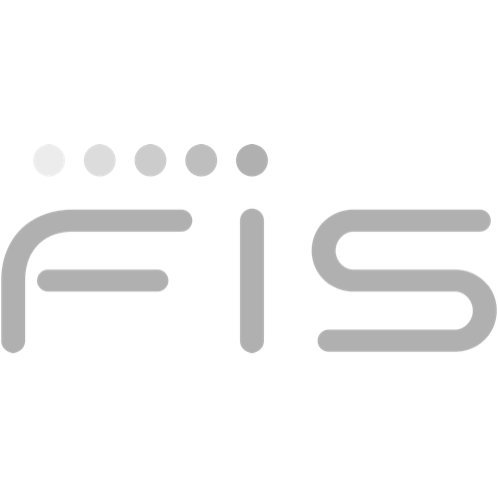

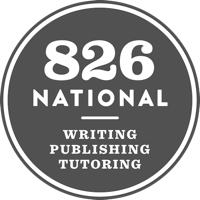
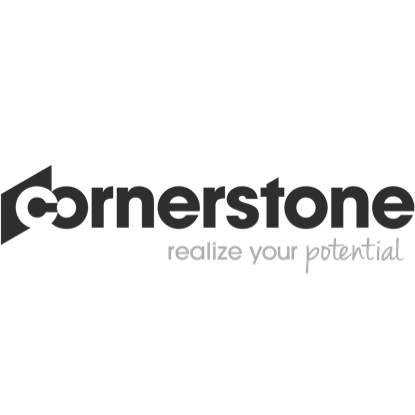
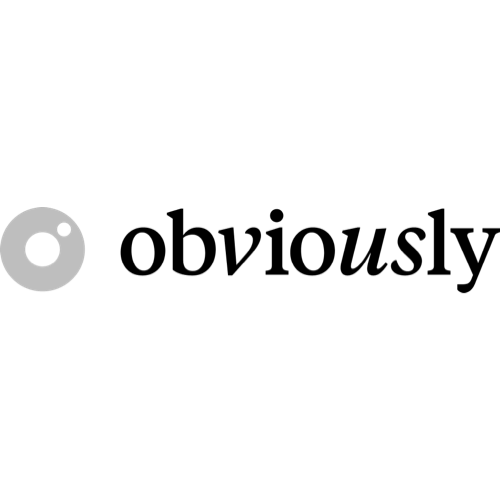
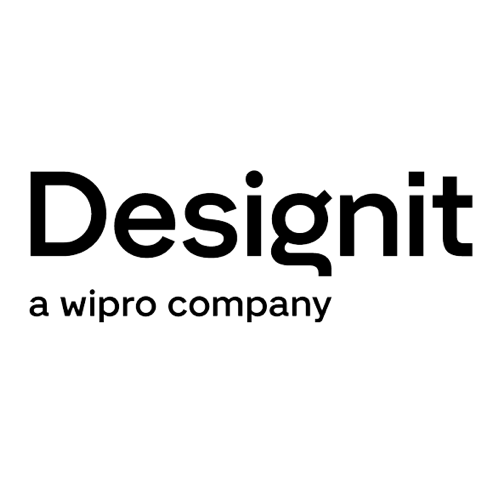
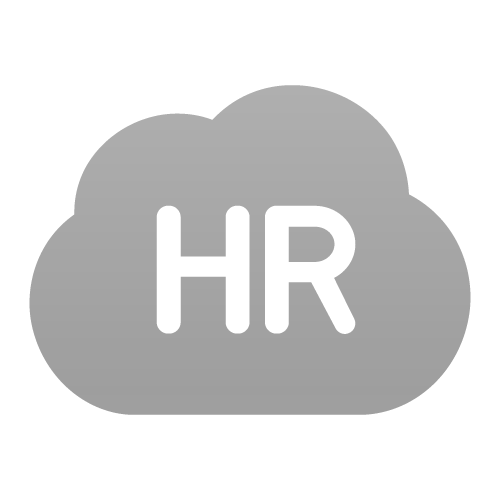
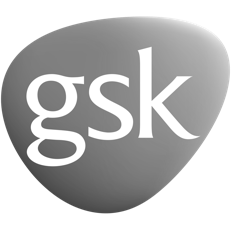
Case Studies
Obviously #1
Implementing design process at a startup.
Obviously #2
Flexing a rigid codebase.
Obviously #3
Pivoting to efficiency post-merger with AI/ML.
mastercard
Translating business and data engineering into design speak.
Worldpay (FIS)
Using Design Thinking to consolidate duplicate products.
Tech Demos
Recent Work History
Fannie Mae
Lead Associate - UX
April 2024 -Fannie Mae is a financial institution specializing in the mortgage loan industry. I worked within the Pricing software teams within Capital Markets as both a UX specialist and organizational change coach. Fannie Mae wanted smaller squads that would create more impact with faster pacing. I coached on new ceremonies and processes across Product, Design and Tech to move away from traditional SAFE and Agile.
Obviously
Director of Design (was Lead Designer)
April 2021 - February 2024Obviously is a social media agency (acquired by VMLY&R of WPP in 2022.) I built up their design practice end-to-end as their first design hire. From a leadership POV, I mentored PMs and designers and implemented new company-wide processes for efficiency and scaling. Individual contributions include qualitative research, workshop facilitation, user journey mapping, mock-ups, high-fidelity Figma designs, and usability testing.
- Overhauled both of their user-facing portals to streamline the content creation process. CSAT up 10% with redesign.
- Internal UX re-architecture saved 120+ hours (36% reduction) of time spent for the team.
- Designed a new configuration process that scaled up campaigns 100x without having to rebuild the base technology.
- Led the effort to build their first Design System (in Figma.)
- Conducted over 30 user interviews and mentored juniors in their research efforts.
- Planned and facilitated over 15 workshops (virtual and in-person.)
- Implemented Heap Analytics to track workflow patterns.
- Created wireframes and prototypes for over 60 features.
- 4.4% increased sign-ups after form redesign (32.7% to 37.1%).
Designit
Senior Design Technologist
June 2018 - March 2021Designit is a global design consultancy with a roster of Fortune 500 companies. My contributions revolved around facilitating Design Thinking processes and workshops and providing technical expertise and deliverables. Key clients were MasterCard, FedEx, PNC Bank, and GSK. Often they need a blend of design & technology to solve hard problems like transitioning a 40-year-old platform to modern cloud solutions with a POV on retraining. Artifacts and deliverables ranged from front-end code to journey maps to user personas.
- Helping PNC Bank with their high-wealth customer segment, they extended my contract 3x to continue my services.
- Learned AngularJS to accelerate live demos for GSK digitization of science papers.
- Researched FedEx’s logistics model to map out the mainframe transition to the cloud.
Cornerstone OnDemand
Senior Product Designer
November 2015 - January 2018Cornerstone OnDemand is a cloud-based SASS suite of HR (Human Resources) enterprise software with functionality from payroll, learning modules (LMS), performance management, and recruiting. My main product was the LMS owning the research, UI and UX efforts. Eventually, my responsibilities expanded into other product lines such as Reporting and Performance. A culture shift during my time was moving more of the research and ideation onto the Design team versus the Product team. I helped facilitate the research protocols and activities to be more user-centric than just business considerations.
- Introduced end-to-end Design Thinking to redesign a 16-year old process with no loss in functionality and a vision of phased delivery from MVP to feature parity.
phonghtran llc
- Resume/CV
- phong@phonghtran.com
- 612-481-4203
- Github
